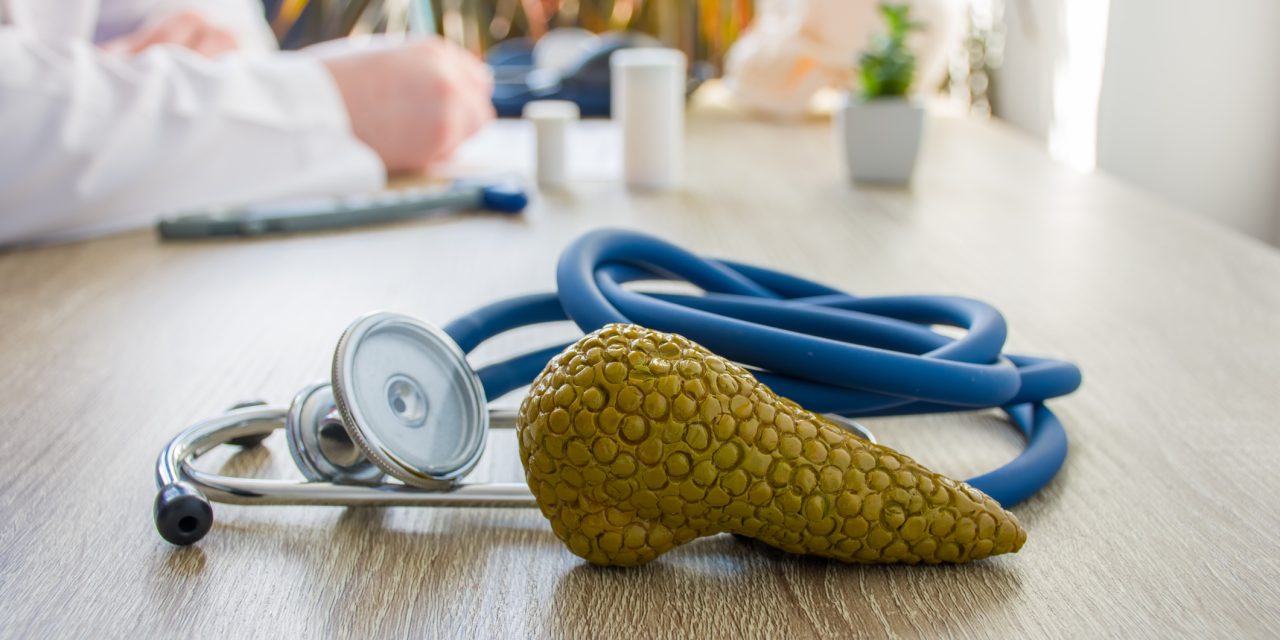Thyroglobulin is a glycoiodoprotein that is produced by thyroid follicular cells; it is stored in follicles in structures known as colloids. The main function of this protein is to stock the hormones triiodothyronine (T3) and thyroxine (T4) until the body requires them. This study aims to demonstrate that infrared spectral imaging with appropriate multivariate analysis can reveal biochemical changes in this glycoprotein. The results achieved herein point out biochemical differences in the colloid samples obtained from normal and goiter patients including glycosylation and changes in the secondary conformational structure. We have presented the first spectral histopathology-based method to detect biochemical differences in thyroid colloids, such as TG iodination, glycosylation, and changes in the secondary structure in normal and goiter patients. The observed changes in the colloids were mainly due to the alterations in amide I and amide II (secondary conformation of proteins) and there is a correlation with different glycosylation between normal and goiter tissues.
Evaluating biochemical differences in thyroglobulin from normal and goiter tissues by infrared spectral imaging.


